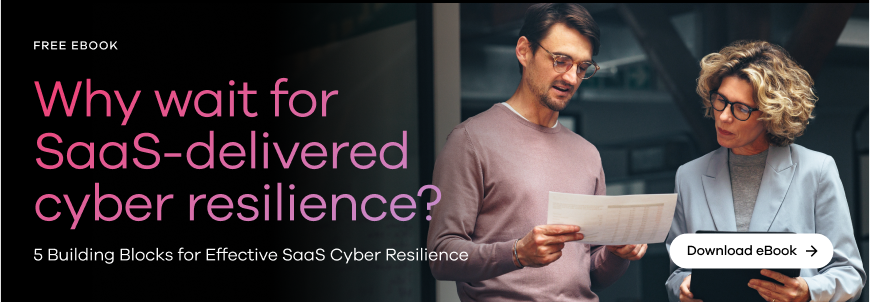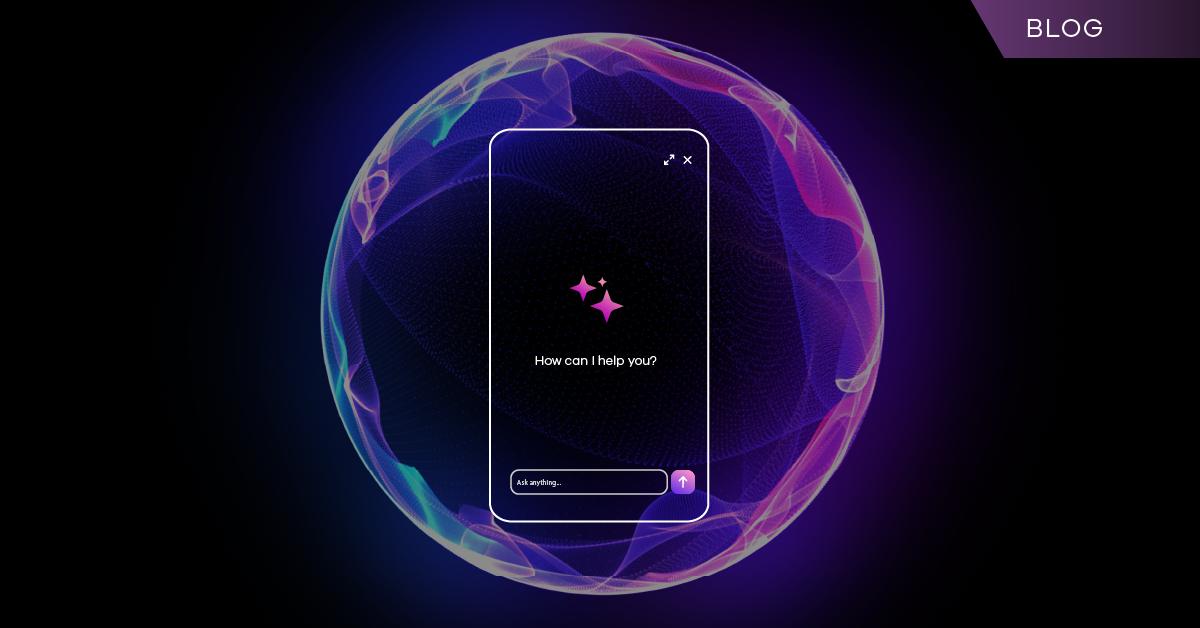Data security is paramount in today’s digital landscape, especially regarding Software-as-a-Service (SaaS) applications. While many organizations rely on cloud service providers for data protection, it is crucial to understand that the services’ native controls may not be sufficient for long-term retention and resiliency. This is where purpose-built solutions like Commvault Cloud come into play, offering comprehensive protection for SaaS workloads.
In this post, we will explore why we think Commvault is the ideal choice for safeguarding your SaaS applications and allowing for quick recovery in case of data loss.
The Need for Purpose-Built Solutions
Every organization has unique requirements for data protection in the cloud. SaaS providers have their own data protection strategies, but they may not align with the granularity that your business needs. Availability should not be mistaken for recovery and resilience. This is where purpose-built solutions like Commvault offer tailored protection for SaaS workloads.
Optimizing Data Protection in the Cloud with Commvault
Commvault Cloud offers deduplication and compression capabilities that help optimize cloud spend. By leveraging these features, organizations can protect their SaaS applications without incurring unnecessary costs. A prime example is how ServiceNow discusses in the video above how they utilize Commvault’s capabilities to protect its SaaS applications.
The Limitations of Native Controls
While cloud service providers offer some native controls for temporary data replication, they may not be sufficient for long-term retention and resiliency. Data experts emphasize the need for a proactive data security strategy, and cloud service providers recommend implementing third-party backup solutions. Commvault fills this gap by providing extended retention of active and deleted data, adhering to pre-established SLAs, contracts, and applicable legislation.
Best Practices for Protecting SaaS Applications
To effectively protect data living within SaaS applications, organizations should follow best practices, including:
- Keeping backup copy data separated from source data for air-gapped, immutable copies.
- Delivering extended retention of active and deleted data.
- Adhering to pre-established SLAs, contracts, and applicable legislation.
- Enabling granular backups, flexible restore, and rapid recovery options.
- Utilizing advanced security insights and threat monitoring.
Enterprise-Grade Protection for SaaS Applications
Commvault Cloud, powered by Metallic AI, offers enterprise-grade protection with the same benefits and consumption model as typical SaaS solutions. It enables organizations to:
- Continually support cloud-first initiatives
- Shed tech debt without sacrificing security
- Rapidly deploy and scale to support ever-evolving workloads and SaaS apps
Commvault Cloud protects leading SaaS applications, including Microsoft 365, Salesforce, Dynamics 365, and Azure Active Directory, providing high-performing security and recovery capabilities with the simplicity of SaaS.
Protecting SaaS applications is crucial for data security and quick recovery in case of any data loss. While cloud service providers offer some native controls, they may not be sufficient for long-term retention and resiliency. Purpose-built solutions like Commvault provide tailored protection for SaaS workloads, offering advanced security insights, granular backups, flexible restore options, and rapid recovery capabilities. With Commvault Cloud, organizations can protect their SaaS applications while reducing costs and eliminating headaches. Don’t wait for SaaS-delivered cyber resilience; leverage Commvault’s multi-layered security and easy deployment for a low total cost of ownership.
Download our free eBook to learn about the importance of SaaS-delivered cyber resilience and the building blocks for hybrid cloud success – 5 building blocks for hybrid cloud success, and learn about our hybrid cloud solutions.




